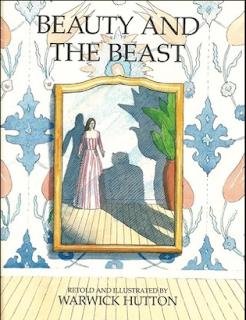 For my Digital Participation Project, I explored both Pinterest and Goodreads. I am obsessed with Pinterest in every way, and I had been exposed to Goodreads before, so I decided these were the best avenues for me to put time into. I enjoyed both, but definitely preferred one to the other.
For my Digital Participation Project, I explored both Pinterest and Goodreads. I am obsessed with Pinterest in every way, and I had been exposed to Goodreads before, so I decided these were the best avenues for me to put time into. I enjoyed both, but definitely preferred one to the other. Goodreads has proven to be something I really enjoy using. I love being able to keep track of the books I have read, ones that are my favorite, and ones that I want to read. I also love that I can "like" favorite quotes on Goodreads as well. I also love that Goodreads recommends books for its users through user ratings. I would love to eventually make a "bookshelf" on Goodreads for books that I think would be great for my students to use for pleasure reading books. I am still working on figuring out the details of Goodreads, like the recommendations. I haven't read a lot of them, and I'm not sure if I'll ever write one, but I do plan to explore the feature more. I could also see myself getting my students to use Goodreads to track their reading progress. It would give them a place to mark what they like and don't like and explore different genres. I really think Goodreads is an incredible resource, and I plan to continue to use it for as long as possible! Here is the link to my profile:
http://www.goodreads.com/user/show/4629107-madison
I also utilized Pinterest for my DPP. I do love Pinterest for things like DIY projects and ideas, but I wasn't really sold on the idea of using it for teaching ideas until pretty late into my project. I felt like I really had to search and look for pins that applied to what I was looking for. I eventually found some Pinterest pages made by Scholastic and Random House Publishing. These were really helpful. I didn't pin a lot from them, but I did read them and look at a lot of the pins on the boards. Below is a link to my Pinterest board:
http://pinterest.com/madisonbunch/a-good-book-is-your-best-friend/


























